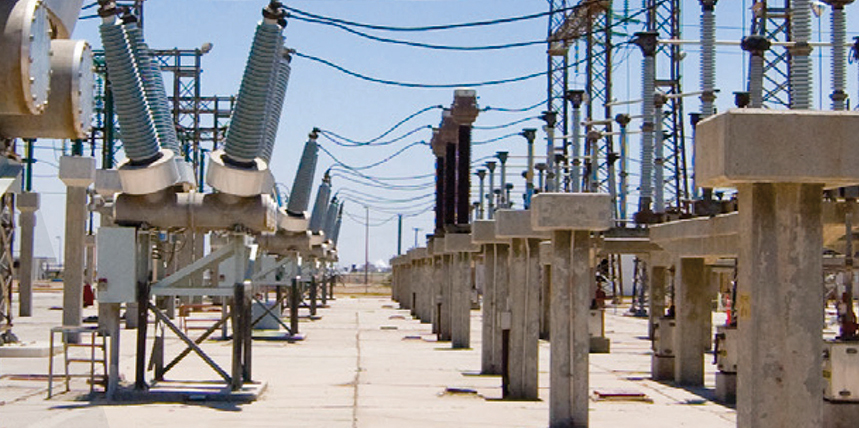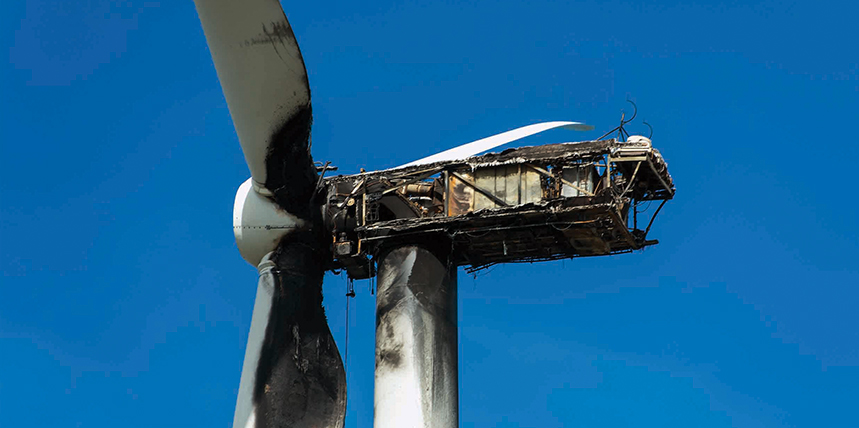Installed wind power capacity in the United States has been growing at an incredible pace during the last two decades. In the middle of 2020, the total American wind power capacity was nearly 110,000 MW with over 60,000 turbines installed (Figure 1). It is known that power equipment used to connect renewables faces very specific and increased stress when sources of …
Advancements in the Industry: Determining Cellulose Degradation in Transformers Using Indirect Tests
The design life of a transformer is usually about 20 to 25 years. In the United States, estimates show the average age of a transformer is currently around 42 years, which means a number of even older units are still in service. As with all things, transformers age and degrade over time. Transformer failures can come from a variety of …
MV/HV Circuit Breaker Testing Beyond Conventional Practices
Conventional testing of medium- and high-voltage circuit breakers (MV/HV CBs) involves measuring the timing and travel of the main contacts and their corresponding resistors (pre- or post-insertion) if any, along with the current profile of the operating coils, and occasionally the timing of auxiliary contacts. This article explains several techniques available to improve or extend the scope of testing. Aspects …
How Grounds Affect Peak Voltage Due to Lightning
Did you know that the most common characterization of a ground rod may not work for lightning? In 1997, an experiment at the International Center for Lightning Research and Testing (ICLRT) at Camp Blanding, Florida, challenged the predominant view that ground rods are essentially resistive. That experiment found that the waveshapes of lightning currents in a building grounding system and those entering the electrical …
Electrical Safety through the Lens of the Fire & Life Safety Ecosystem™
Electrical safety is often described as a three-legged stool encompassing proper installation, routine maintenance, and applicable safe work practices. It is this relationship that sets the stage for what can best be described as the electrical safety ecosystem as it lives within the larger overall NFPA Fire & Life Safety Ecosystem™. This Ecosystem is made up of eight key elements …
The Importance of Grounding Renewables
The rapidly developing industry of renewable power generation can be compared to an hourglass. Inexhaustible supplies of free resources — sun and wind — are converted into a corresponding outflow of electrical energy at notable return on investment. But the process includes the neck of the hourglass through which the resources must pass. This is the solar array or wind …
Protecting Wind Turbines Through Effective Grounding
The share of wind power in total electric power generation is expected to increase, and with that comes a requirement for this carbon-free source to be more reliable. The wind turbine, which is the most important component of a wind power system, is exposed to harsh environmental conditions and electrical transients such as lightning strikes. Naturally, understanding the lightning protection …
Applying NFPA 70E and CSA Z462 to Renewable Energy Power Generation
The growth in renewable energy power generation will continue into the future. What has been lacking is focus on the electrical hazards in construction and fabrication, commissioning, operation, and maintenance. However, requirements in NFPA 70E, Standard for Electrical Safety in the Workplace and CSA Z462, Workplace electrical safety Standard do apply to renewable power generation. ARC FLASH AND SHOCK HAZARDS …
A Look Back at History
1. Describe the function of polarity marks on current transformers. 2. Transformer differential relays protecting a 50 MVA, 138 kV – 13.09 Y/7.56 kV transformer have been operating normally during the construction phase of a project. When the transformer is being brought up to full load it trips. There is no indication of a fault, as all tests on the transformer and cable …
Distracted Driving
People are easily distracted in a world filled with more distractions every day. In this day of modern technology, it is easy to get overwhelmed with the number of distracting devices out there, and these devices have encroached upon the driving environment. Cell phones are convenient means to communicate over long distances, but couple them with texting, email, internet, and …













